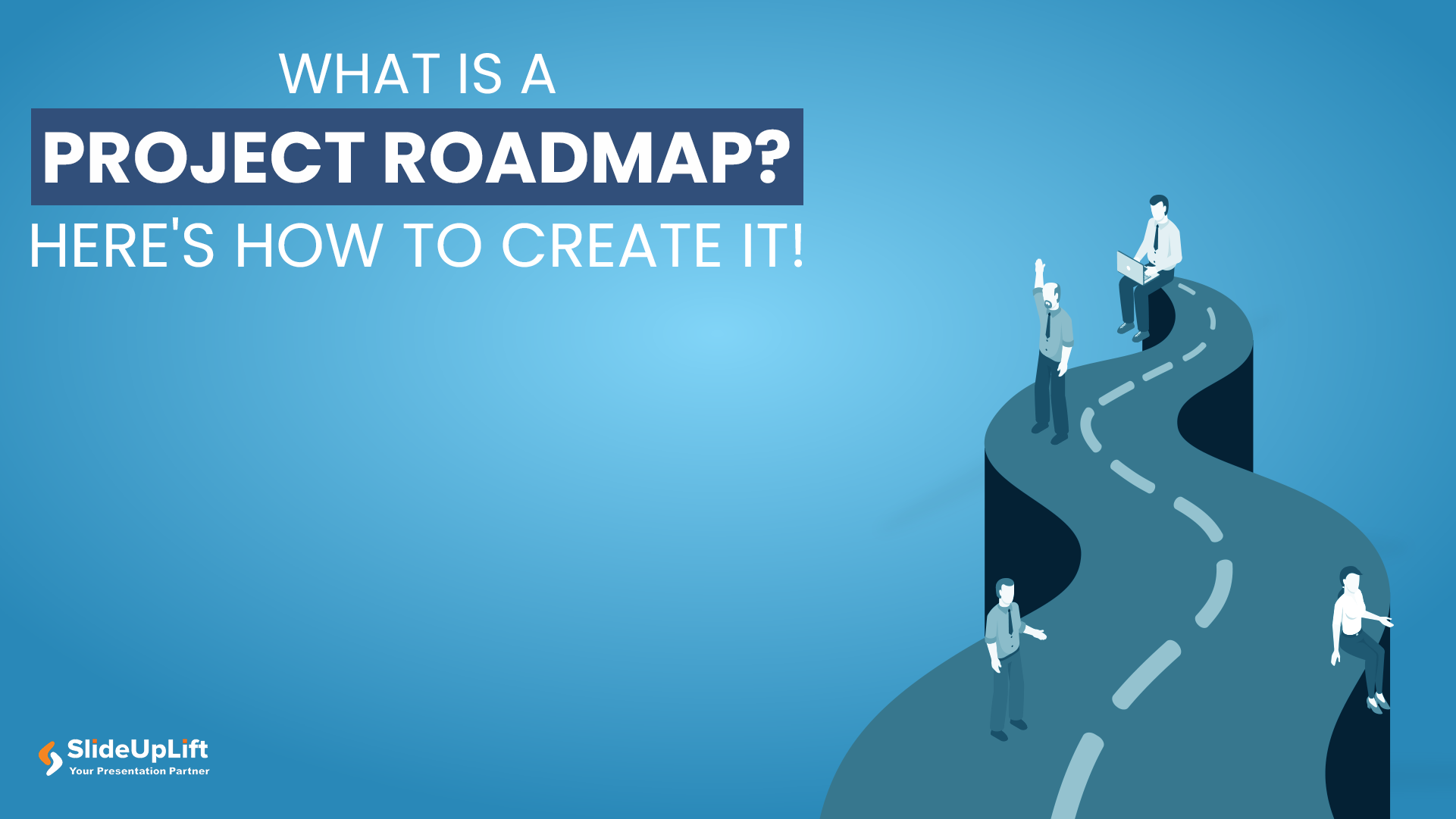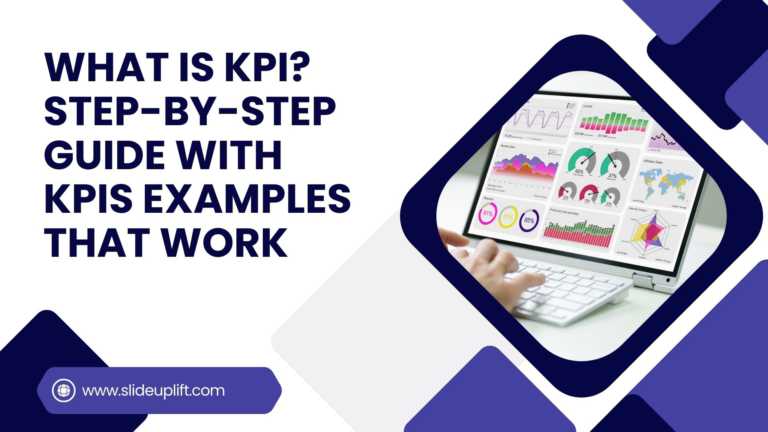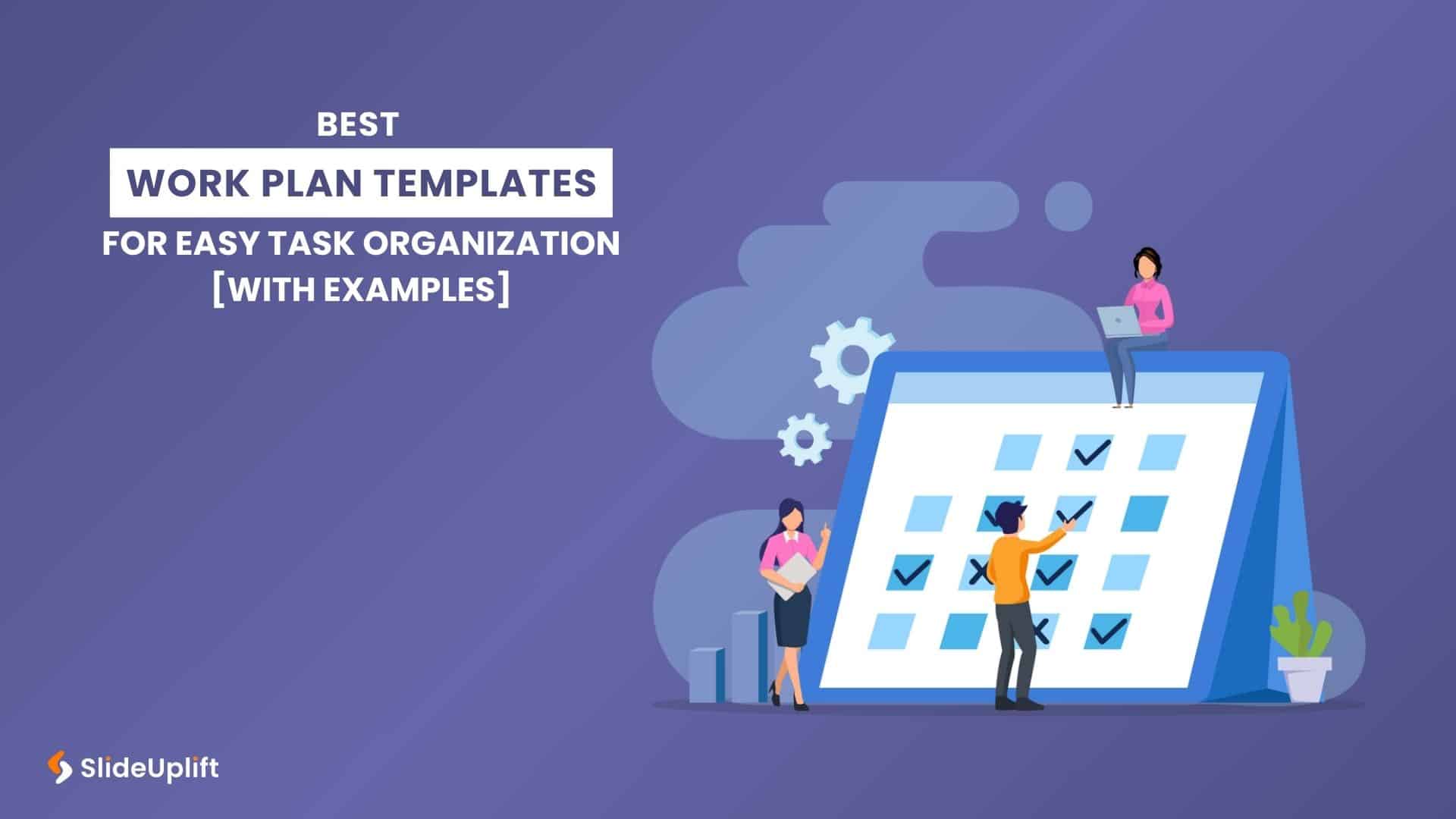Types Of Roadmaps Used By Project Managers [Top 7 Examples]
A roadmap can be called the most important tool in a project manager’s arsenal. A project manager has to handle an internal cross-functional team and ensure everyone is on the same page while also managing external stakeholders to create clear lines of communication. They are also responsible for creating different types of roadmaps that explicitly list the expectations, deliverables, and schedules for the product or project.
Roadmaps come in all different kinds and suit different purposes within the project management sphere depending on the project’s scale and scope. It is, therefore, important to note the differences in the various types of roadmaps there are and understand which one will be the most suitable for your purposes.
You can also learn more about Roadmaps on our blog, highlighting the best practices and templates for effective Roadmaps.
7 DIFFERENT TYPES OF ROADMAPS SUITED FOR PROJECT MANAGERS
There are many kinds of roadmaps that are useful for businesses and working professionals out there. However, some of these are aptly suited for project managers. Here is a list of top 7 Roadmaps for project managers alongside some roadmap slides as examples.
No-Dates Roadmap
The No-Dates Roadmap is the most flexible form of a roadmap out there. It works perfectly within a company whose priorities are constantly shifting. This can also apply to Agile project management, which relies on smaller increments of work done and has the ability to constantly change deadlines, scope, and priorities of a project.
It is also the perfect roadmap for the beginning of any project, wherein there is a lot of new information coming in to be processed, and the workflow needs to be more fluid to fit new requirements and shifting deadlines.
Advantages
- Highly flexible.
- Open to changes in trends, industry standards, and client requirements.
Disadvantages
- Having no deadlines can lead to disorganization and delays.
- Lack of accountability in larger teams.

Check out more creative ways to showcase No-Dates Roadmap Templates to your audience. As mentioned before, these roadmaps are most suited at the beginning of the projects.
Hybrid Roadmap
The Hybrid Roadmap retains the flexibility of the No-Dates Roadmap but allows for more rigidity in terms of deadlines or scheduling by providing a general framework for a month or quarter. This means that a company can prioritize and organize its tasks based on soft deadlines but still plan for the future in a way that’s not constraining.
Advantages
- Relatively flexible.
- Can accommodate some amount of change within the scope of its deadlines.
Disadvantages
- Blocking months or quarters in advance can lead to speculation about future product development, which may be different when the actual time comes.
- A loose projection for the future may not instill faith in the stakeholders looking for concrete projections.

Find a huge library of different types of roadmaps including Hybrid Roadmap Templates for your presentation needs on SlideUpLift. Use these roadmaps to put deadlines on big tasks that need to be finished.
Release Plan Roadmap
As the name suggests, this is one of the different types of roadmaps that deals primarily with releasing a product and the work associated with that. They consist of a plan outlining the work you are planning to do and a general time frame you have allotted for that.
It is often used to provide a bird’s eye view of the entire product release strategy to the higher-ups, stakeholders, and cross-functional teams. It is great for planning without set deadlines and having milestones such as product releases and versions of the same.
Advantages
- Provides a general overview of the work, which keeps everyone on the same page.
- Works well with cross-functional teams and agile project management.
Disadvantages
- No set launch date can potentially put off the client and stakeholders.
- It is hyper-specific to product releases and subsequent versions. Does not account for development and planning.

Find more Release Plan Roadmap Templates for your presentation needs. Ensure that all the cross-functional teams have their input in creating a detailed plan for the project.
Sprint Plan Roadmap
A Sprint Roadmap is helpful for sprint planning. It is delivery-focused and is used for aligning upcoming work required to complete the development and deliverables of a project. Delivery can be planned over multiple sprints, allowing a team to monitor its own workload and efforts. It is also a highly customizable roadmap, with the ability to add in swimlanes for additional context and be as granular as required. This is one of the types of roadmaps that are usually only for the development portion of the product management strategy.
Advantages
- Customizable to fit specific project requirements with ease.
- Allows for self-monitoring and accountability across the development team.
- Keeps cross-functional teams in sync.
Disadvantages
- It may not be very effective in larger teams as sprint requires utmost cooperation and collaboration.
- It works on the best estimations by the development team, leading to speculative deadlines and constantly changing project scopes.

Check out the editable library of Sprint Plan Roadmaps. Ensure that your development team uses these templates to stay on track with the project releases and milestones.
Now-Next-Later Roadmap
Next on the list of the best types of roadmaps for project managers is the Now-Next-Later Roadmap. It helps you chart out your priorities over a broader timeframe. It categorizes tasks based on “Now,” – which are high-priority, detail-heavy tasks to be done as soon as possible, followed by “Next,” – which shows the tasks in the pipeline that are relatively high priority but can be put off until every task in the “Now” category is finished. The last category is “Later” which outlines tasks with no immediate urgency and are reflective of a more long-term strategy.
Advantages
- Great for communicating tentative plans with a larger audience, including clients, conferences, and pitches.
- It can be used by organizations that move quickly and keep things on track using robust prioritization of tasks within the workplace.
Disadvantages
- It requires a very carefully planned management strategy as things in the “Later” list risk the chance of never coming to fruition due to faulty prioritization management.
- It is not as flexible as other roadmaps due to the possibility of certain long-term plans requiring immediate attention that upturns the entire process of prioritization for the team.

Check out more Now Next Later Roadmaps to showcase your high-level roadmap. You can use this roadmap to define your short-term, medium-term, and long-term goals.
Kanban Roadmap
Another delivery-focused roadmap is the Kanban Roadmap. It essentially divides initiatives into ‘backlogs,’ ‘planned,’ and ‘in progress, keeping track of changes that happen in the development and delivery process for a product. It also does not utilize a set timeframe for its project management strategy as it relies on general tasks and constant revisiting of tasks to update or rework them. It is essentially a list of tasks that need to be checked off by a team to smoothen development and delivery.
Advantages
- Allows the delivery team to communicate plans and deliverables with the stakeholders and clients without committing to exact dates.
- Motivates the team and keeps things in sync by providing a place that showcases all the tasks needed to be done or that have already been finished in one place.
Disadvantages
- Kanban Boards can become very messy and confusing, with multiple lists and conflicting tasks if not carefully monitored.
- There are no timeframes attached, which can lead to delays and miscommunication across larger or cross-functional teams.

Check out the library of Kanban Board Templates. Kanban Boards are the types of roadmaps that are a must-have for any project or a product manager to keep track of all the activities.
Theme-Oriented Roadmap
A Theme-Oriented Roadmap allows a project manager to come up with a roadmap outlining the values and outcomes of a particular project that revolve around a particular theme, such as customer experience, onboarding process, user interface, etc. Within these larger themes, a roadmap is created outlining the primary values and goals that a team is working towards, ensuring it follows the larger project strategy and the organization, client, and stakeholders’ priorities.
Advantages
- Allows nesting of epics and task lists within broader frameworks, which are easy to understand and ensure that the whole team is working towards a larger goal.
- Provides a clear picture to the client, senior executives, and stakeholders about the process and strategy of the team involved in the project.
Disadvantages
- It can often be too vague, and the over-generalization of tasks leads to a roadmap that is not quite functional at a practical level.

Browse more Theme-Oriented Roadmap Templates for your presentation.
Roadmaps are great tools to ensure transparency of work, motivate the team, and keep all parties involved aligned to the larger goals of a project. Among the many types of roadmaps available, finding and utilizing the right one is the key to successful planning, development, and delivery of a product!
Explore SlideUpLift’s wide range of PowerPoint templates for all your presentation needs. Here’s our best-selling collection of Roadmap templates:

You might also like — Strategy Roadmap PowerPoint Template













